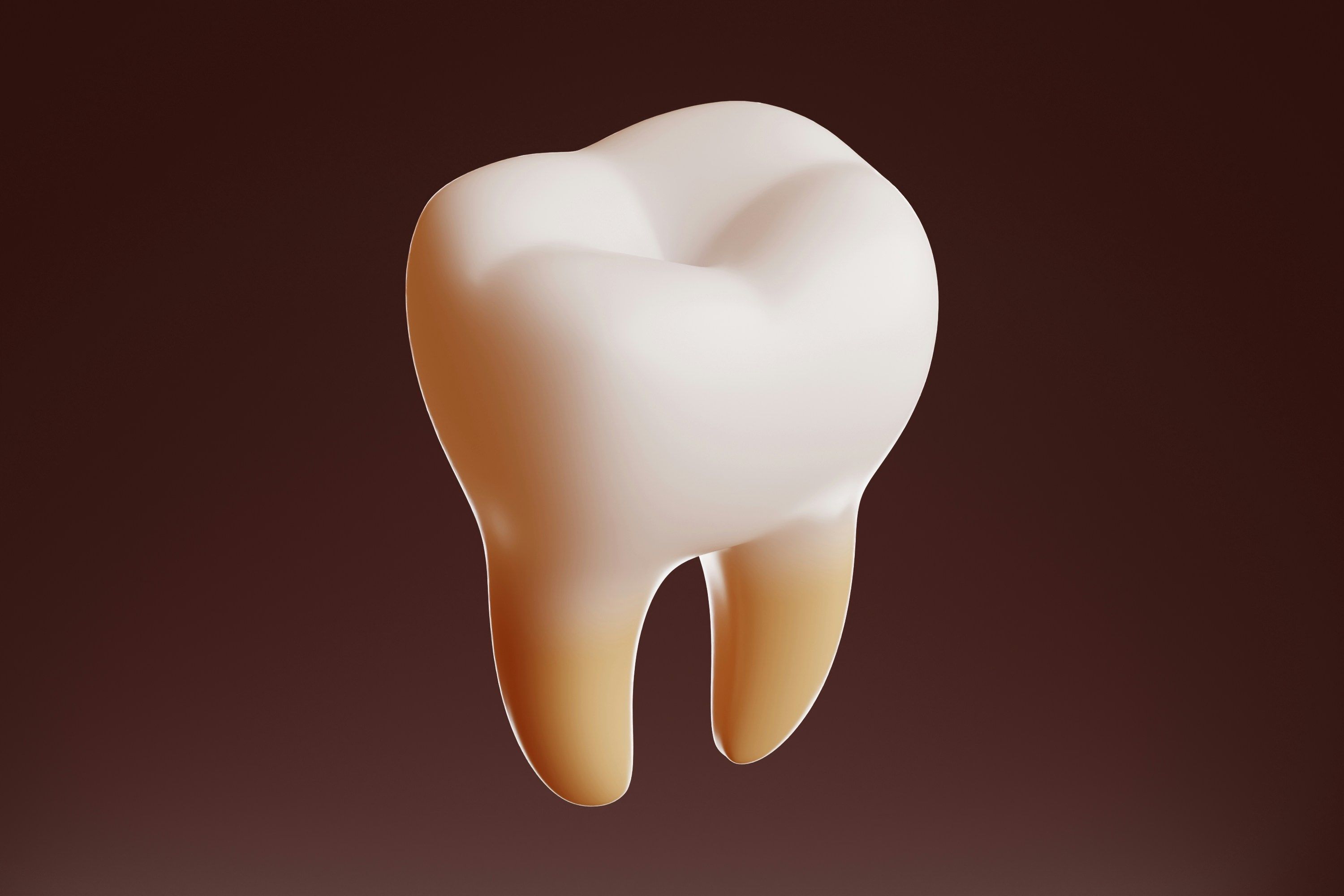Other Treatment Methods
- Dental anxiety / pain-free dental treatment
- Dental prosthesis
- Digital dentistry
- Gum treatment
- Orthodontics
- Pediatric dentist
- Prophylaxis / Professional Teeth Cleaning (PZR)
- Root canal treatment / Endodontics
- Sports dentistry
- Teeth grinding and CMD (Craniomandibular Dysfunction)
- Teeth whitening / Bleaching
- Veneers (dental shells)

Dental prosthesis
If one or more teeth are lost, they can be replaced with crowns, partial crowns, bridges, dentures or implants . The doctors of the Premium Medical Circle use only high-quality, best-suited dental prosthetics to give their patients beautiful teeth and a radiant smile again. In diagnostics and treatment, they use the latest computer-assisted procedures to enable excellent accuracy in dental prosthetics. beautiful teeth and to give a radiant smile. In diagnostics and treatment, they use the latest computer-assisted procedures to enable excellent accuracy in dental prosthetics.
Before dental prosthetic treatment
For planning, X-rays and impressions of the teeth are made for models. In complex cases, a detailed discussion with the dental technician and the treating dentist takes place to meet the patient's expectations. The final result can be simulated on the computer or on the plaster model.
Course of dental prosthesis treatment
Under local anesthesia, caries is removed. The tooth is then rebuilt with a plastic underlining and a shape is prepared for the subsequent dental restoration. To avoid injuring the gums during treatment and to create a gap between the tooth and the impression, a thin thread can be gently inserted into the upper edge of the gum. This is removed after the session and does not harm the gums. Once the tooth preparation is completed, an impression of the new situation is made for the dental laboratory, which uses the impression to create a plaster model of the oral situation; on this, the ceramic dental prosthesis is then individually produced. At the next appointment in the practice, the dental prosthesis is tried on and checked for aesthetics and function. If everything fits and looks good, it can be cemented immediately. At a follow-up appointment, the function is checked again.
Options for dental prostheses
Depending on the situation, whether a tooth is missing, broken, or gaps between teeth need to be closed, the appropriate dental prosthesis is selected.
Risks of dental prostheses
The ceramic restorations are placed with a plastic cement, which can irritate the nerve in the first few days. This often subsides after three days, but in very rare cases, it can last three weeks or longer. If the dental prosthesis is too high or interferes with chewing movements, it can lead to Pain If you grind and press your teeth on the new ceramics, parts of them can chip off or the ceramics can break.
Other Specializations
Other Treatment Methods in this Department
Experts for this Treatment Method

- Aesthetics & Function in Dentistry
Dr. Dr. Ákos Fehér
Fehér Dental Team, Smile Lounge
- Aesthetics & Function in Dentistry
Dr. med. dent. Malte Schönrock M.Sc., M.Sc.
Dent Aesthetic
- Aesthetics & Function in Dentistry
Jan Kurtz-Hoffmann
Zahnärzte im Roßbachpalais
- Aesthetics & Function in Dentistry
Dr. med. dent. Tore Thomsen
Zahnarztpraxis Dres. Thomsen & Kollegen
- Aesthetics & Function in Dentistry
Dr. med. dent. Oliver Brendel
Dinkelacker & Brendel
- Aesthetics & Function in Dentistry
Zahnarzt Robert Svoboda M.Sc.
ZahnGesundheit OberkasselAll Experts in this Department
Show All
- Aesthetics & Function in Dentistry
Dr. Dr. Ákos Fehér
Fehér Dental Team, Smile Lounge
- Aesthetics & Function in Dentistry
Dr. med. dent. Malte Schönrock M.Sc., M.Sc.
Dent Aesthetic
- Aesthetics & Function in Dentistry
Jan Kurtz-Hoffmann
Zahnärzte im Roßbachpalais
- Aesthetics & Function in Dentistry
Dr. med. dent. Tore Thomsen
Zahnarztpraxis Dres. Thomsen & Kollegen
- Aesthetics & Function in Dentistry
Dr. med. dent. Oliver Brendel
Dinkelacker & Brendel
- Aesthetics & Function in Dentistry







